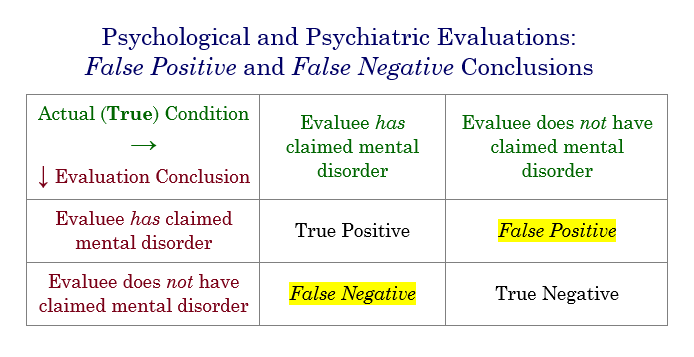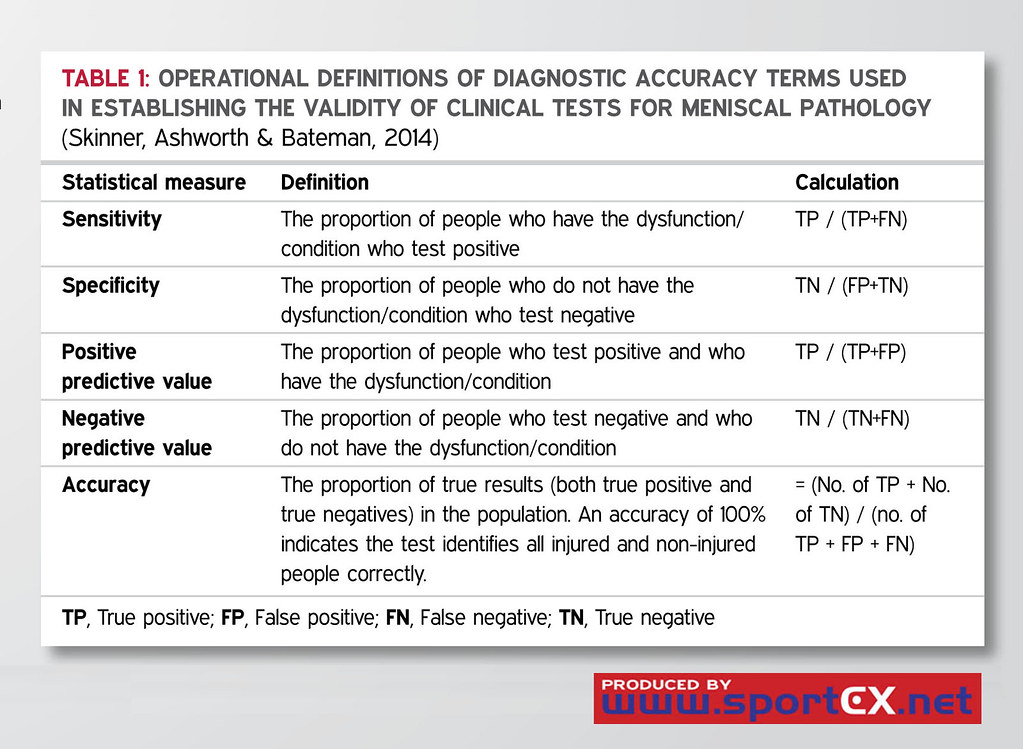Difference Between False Positive and False Negative
What are False Positive and False Negative?
All tests can potentially result in false positives and false negatives. Each test can be studied for how often we can expect false positives and false negatives.

False Positive
A false positive (+) describes that the results states you have the condition that were tested for, but you don not really have it. A false negative (-) means that the results states that you do not have a condition, but you actually do.

False Negative
With a false negative (-), he results say you don’t have a condition, but you really do. False negative (-) test results can happen in a variety of medical tests, from tests for conception, Tuberculosis (TB) or borreliosis (Lyme disease) to tests for the abuse and presence of substances which have a physiological effect (drugs or alcohol) in the body.
Difference between False positive and False negative
Description
False positive
A true false result means that no genetic material from the disease (for example flu) was detected.
False negative
A false negative means that the test shows a negative result, but it should have been a positive (+) result. This means that a person is actually having a disease or is infected but due to error in the testing or diagnosis, he may be informed that he is not infected.
Areas where they can happen
False positive
False positive can happen in areas, like:
- You are not pregnant but the pregnancy test shows and confirms false positive (not the right positive) result
- A malignancy (cancer) screening test confirms positive result, but you are actually cancer free or you do not have any cancerous growth or disease.
- A situation where pregnancy screening (prenatal test) shows some complications or confirms positive for Down’s Syndrome, when actually your foetus does not have any disorder.
- Virus software confirms any disease testing programme to be dangerous or a malicious one when it is actually harmless
False negative
False negatives can happen in areas, like:
- Quality control – when an item which has defect or is damaged passes through the quality control and cracks.
- In Disease software testing – for prognosis and diagnosis, a false negative result means that a virus or bacterial test failed
- In the Justice System – a false negative occurs when a person who is a criminal and guilty is given a clean chit and found “Not Guilty” and allowed to walk free.
Method
False positive
Problem – Detect species when no target species eDNA is present in the sample.
Sources – (1) Incorrect detection of non-target species (i.e., insufficient assay sensitivity) or (2) DNA contamination
Solution – Improve assay specificity and exercise care when collecting, handling & processing samples. Include negative controls in experimental designs
False negative
Problem – Fail to detect species when target species eDNA is present in the sample.
Sources – (1) Insufficient assay sensitivity or (2) method failure during sample processing
Solution – Improve assay specificity and exercise care when collecting, handling & processing samples. Include negative controls in experimental designs
Error type
False positive
False Positive = Type I Error
False negative
False Negative = Type II Error
Causes
False positive
Contamination from:
- Prior sample testing by auto analyzers
- Amplicons from previous amplifications of the same target
- Aliquoting errors; sample or reagents
- Transcription errors during results and record keeping
False negative
- Presence of inhibitors in the sample
- Degraded samples
- Within-species genetic diversity and associated phenotypic diversity (Strain diversity) reduction
- Primer target homology
- Probe (a single-stranded DNA or RNA used to search for its complementary sequence in a sample genome) target homology (real-time PCR)
- Spoiled or degraded reagents
- Equipment’s not functioning properly (Malfunctioning equipment)
- A part of a chemical, or a number that evenly divides another number (Aliquoting errors); sample or reagents
- a specific type of data entry error made by optical character recognition (OCR) programs (Transcription errors) during results and record keeping
Summary
The points of difference between False positive and False negative have been summarized as below:
False positive Vs False negative: Comparison Chart

- Difference Between Global Warming and Greenhouse Effect - May 18, 2024
- Difference Between Vaccination and Immunization - March 3, 2024
- Difference Between Selective Mutism and Autism - February 25, 2024
Search DifferenceBetween.net :
Leave a Response
References :
[0]De Smet, F., Moreau, Y., Engelen, K., Timmerman, D., Vergote, I., & De Moor, B. (2004). Balancing false positives and false negatives for the detection of differential expression in malignancies. British Journal of Cancer, 91(6), 1160-1165.
[1]Huynh, H. (1980). Statistical inference for false positive and false negative error rates in mastery testing. Psychometrika, 45(1), 107-120.
[2]Simas, R., Maestri, F., & Normando, D. (2014). Controlling false positive rates in research and its clinical implications. Dental press journal of orthodontics, 19(3), 24-25.
[3]Image credit: https://live.staticflickr.com/5582/15079591620_5a84377d3f_b.jpg
[4]Image credit: https://commons.wikimedia.org/wiki/File:False-Positive-and-False_Negative_Psych-Evaluation-Conclusions.png
